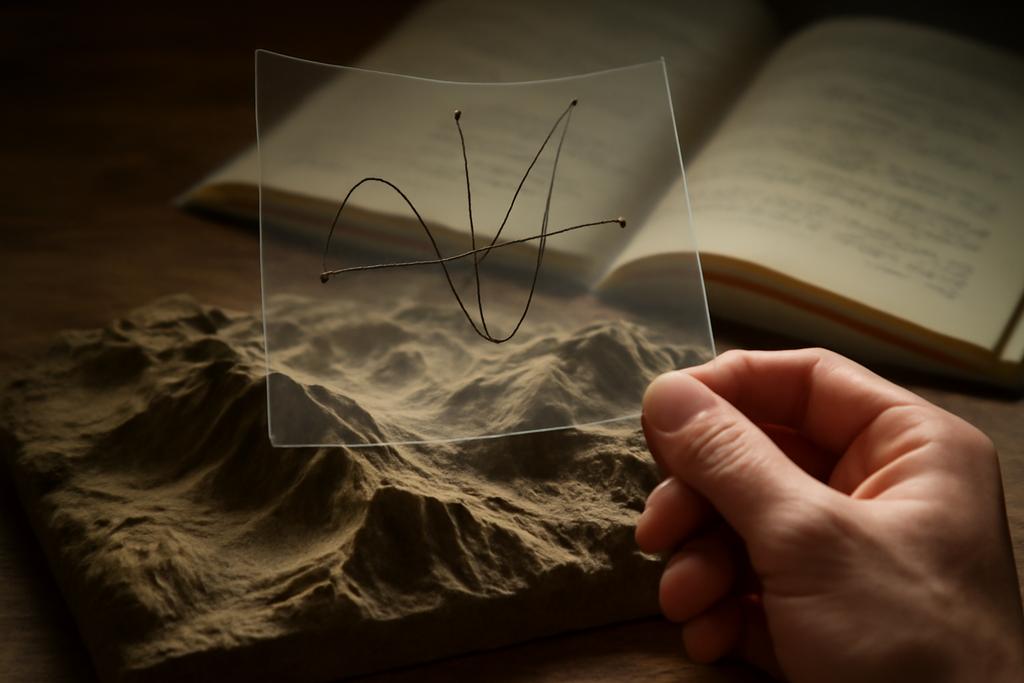High in the ladder of abstraction, mathematics sometimes feels like mapping weather on a planet we can barely glimpse. You’re looking at a landscape made of equations, curves, and angles, and yet the real drama happens behind the scenes. For a certain class of geometric shapes called projective hypersurfaces, the weather is written in derivatives: tiny directional pushes that keep the surface tethered to its defining equation. The paper by Alexandru Dimca and Gabriel Sticlaru dives into that weather report, asking what the weather looks like when the map is not perfectly predictable. Their subject is the module of Jacobian derivations, a mouthful that, in plain terms, is the set of all mathematical directions that leave the surface unchanged when you nudge along them. The study asks when this weather behaves nicely enough to be predictable and when it leaves clues about deeper structure lurking in the surface.
The authors, working at Université Côte d’Azur in France and the Simion Stoilăru Institute of Mathematics in Bucharest, explore two sides of the same coin. One side is a picture of tame behavior, a kind of disciplined regulation in how the derivatives relate to each other. The other side is the more delicate world of plus-one generated hypersurfaces, which are almost free in their organization but not quite. Think of tame as a well-trained ensemble where every instrument knows its place, and plus-one generated as a group that nearly hits the mark of a flawless performance but has a shy, unresolved chord in the harmony. Dimca and Sticlaru push these ideas into higher dimensions, where intuition can fray and the algebra demands sharper knobs to tune.










